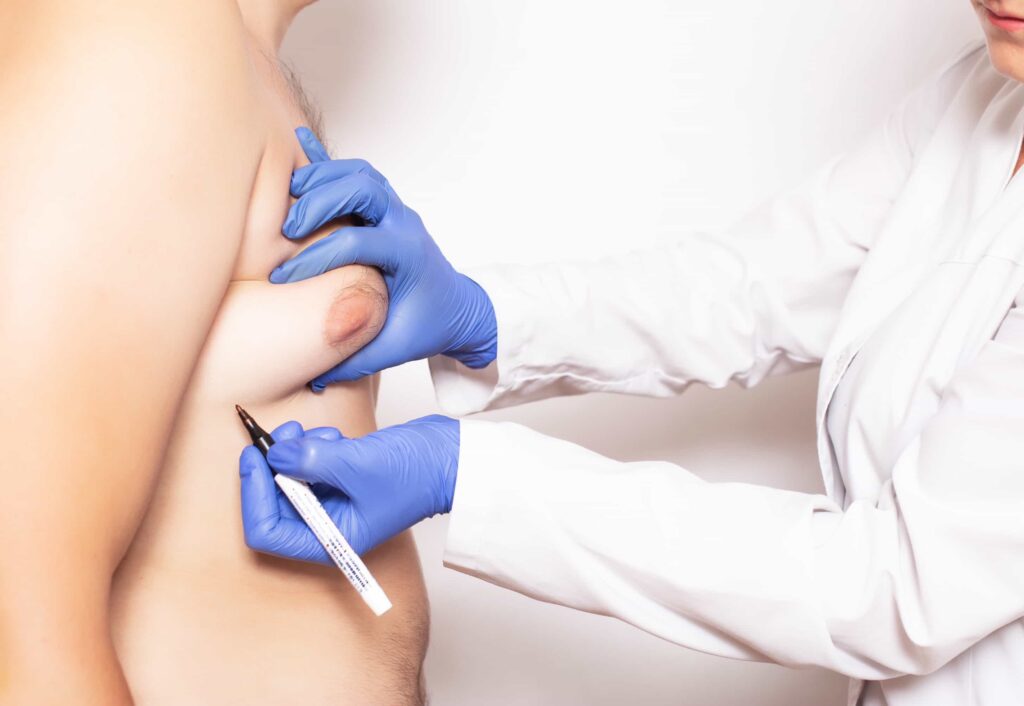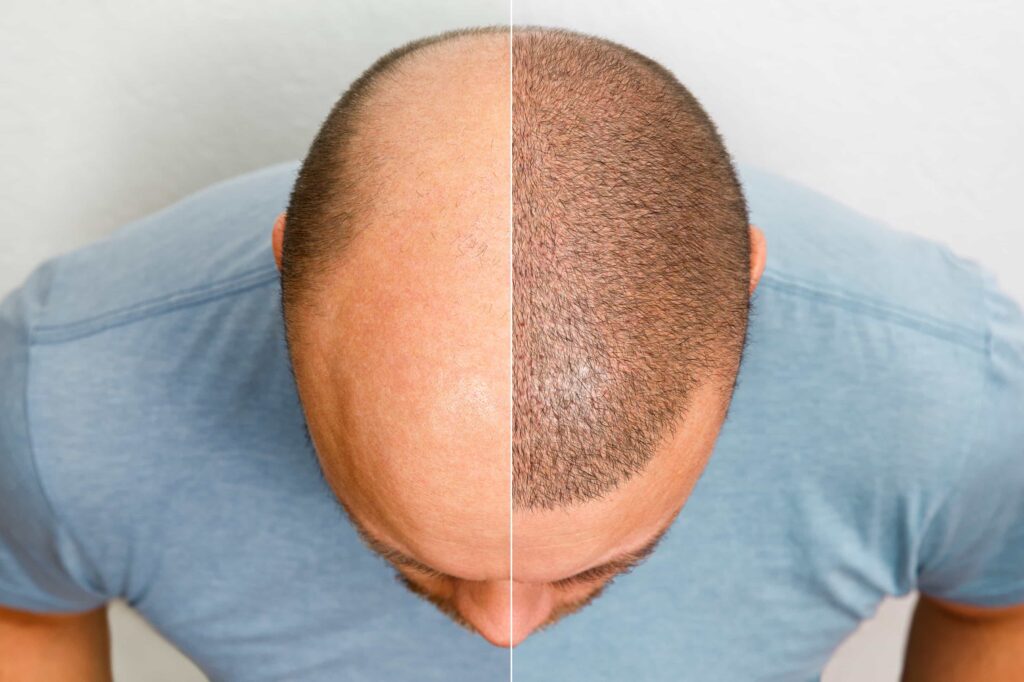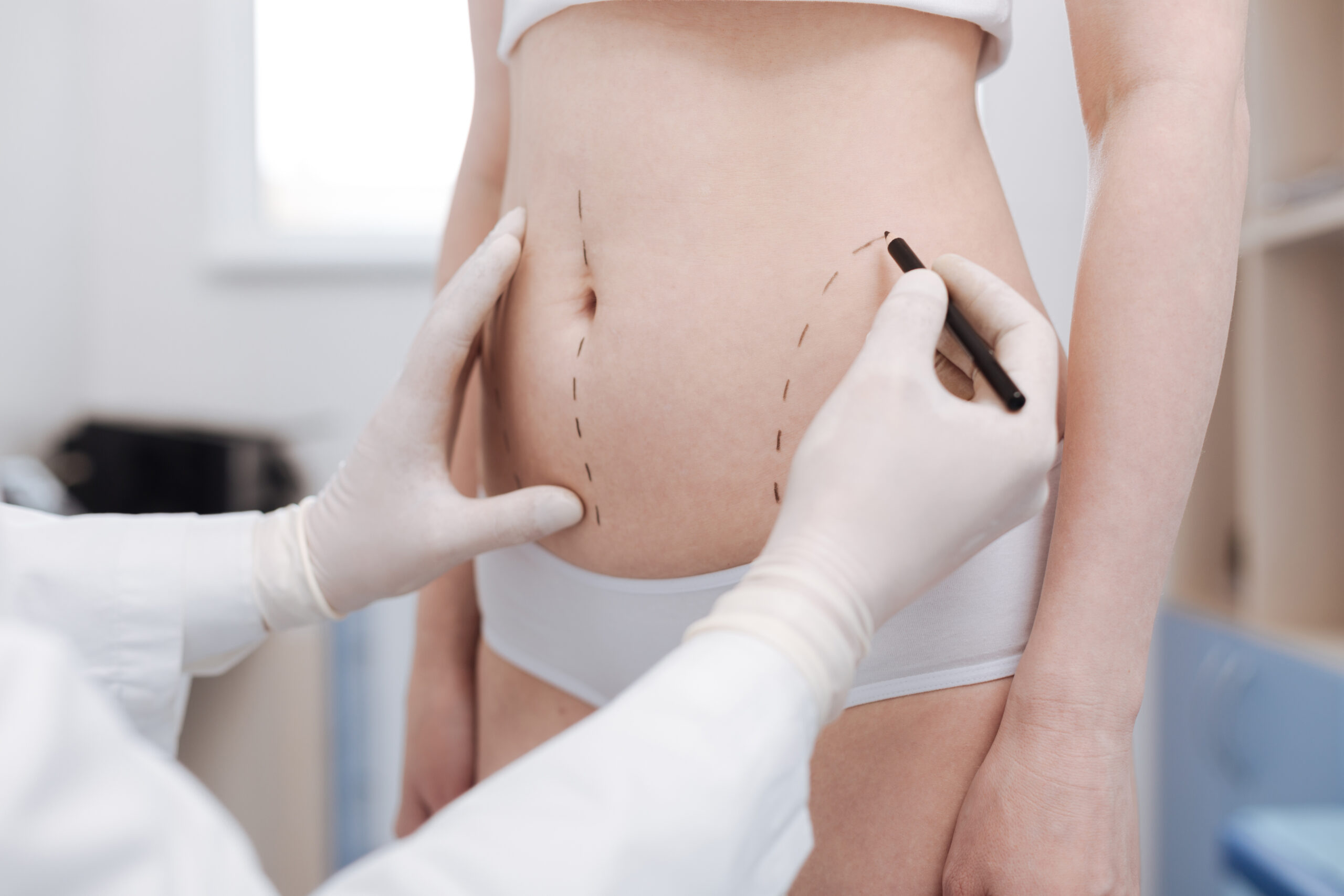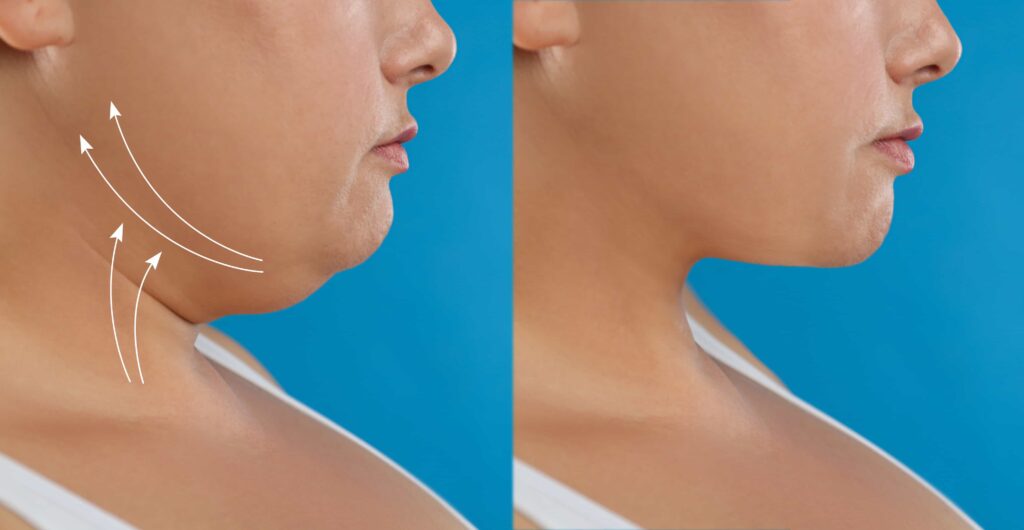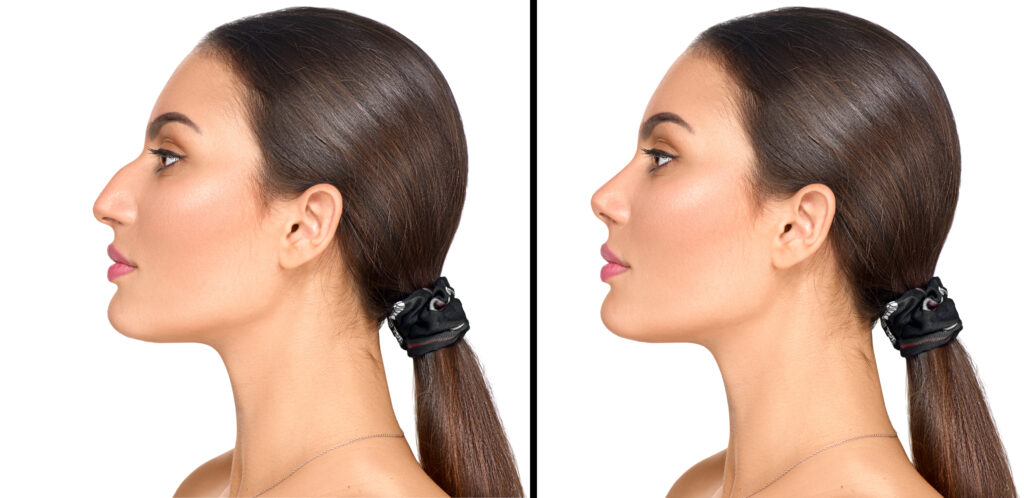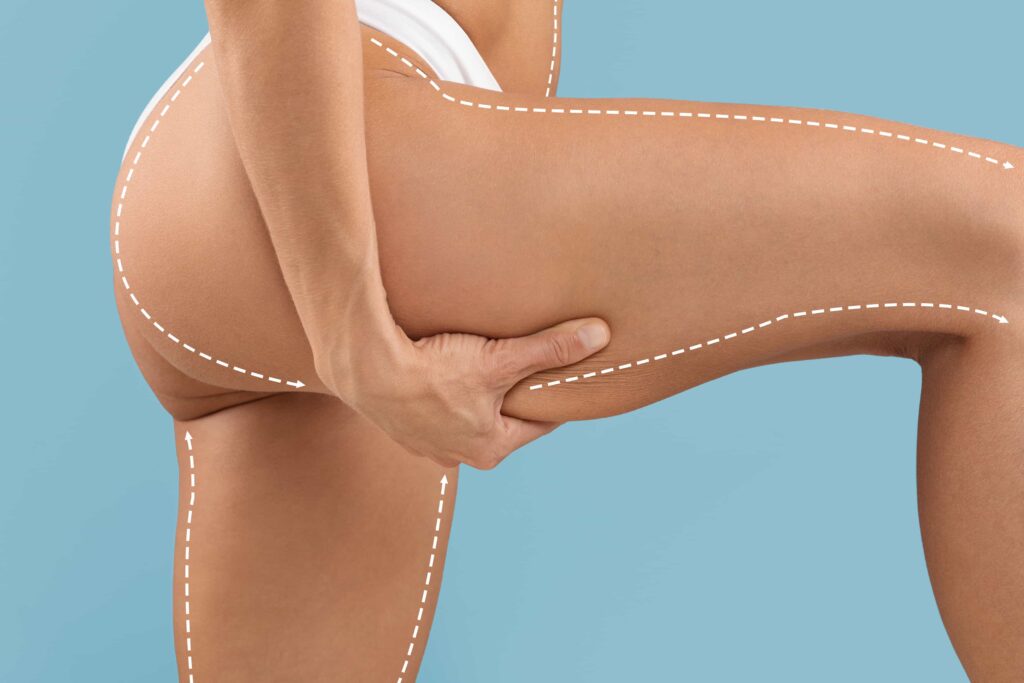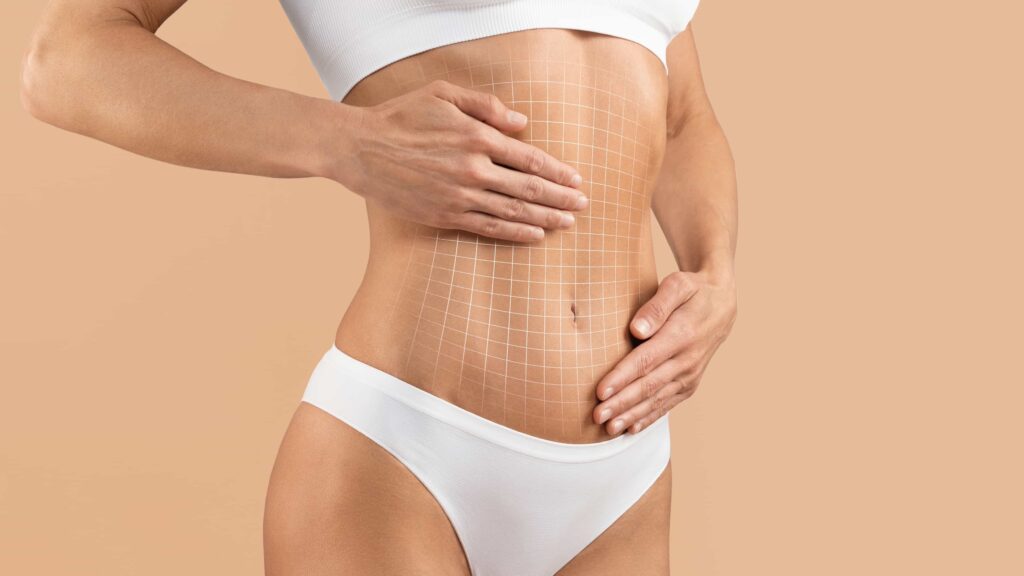Liposuction effectively removes excess fat but does not significantly address sagging skin.

Liposuction removes extra fat but doesn’t tighten loose skin. Because of this, it works best for younger patients, usually between their 20s and early 50s. This age group often has better skin elasticity, which helps the skin tighten smoothly after the procedure.
Good skin elasticity is important for the best results. So, younger patients are usually the best fit for neck liposuction.
Neck liposuction is a surgery that removes stubborn fat to create a more defined jawline. It’s safe, effective, and can give either bold or subtle results, based on your goals.
First, this procedure works well for people with fat under the chin or neck that doesn’t respond to diet or exercise. It also has a short recovery time, which makes it a popular option.
Next, many patients choose neck liposuction to improve facial balance. Some also combine it with other procedures like facelifts or brow lifts.
Finally, because the chin often shows early signs of aging, neck liposuction can reduce a double chin and create a more youthful look.
-Improves appearance of double chin
-Refines jawline
-Results are permanent, provided the patient maintains a stable weight.
-Infection risks with liposuction
-Blood clots
-Scarring and skin irregularities
-Asymmetry and nerve damage
Neck liposuction is a plastic surgery procedure that offers noticeable results with minimal recovery time.
It works well for people with full necks or double chins by removing excess fat and creating a slimmer, firmer neck shape. Even those who exercise regularly may struggle to lose fat in this area, which makes neck liposuction a strong cosmetic option.
Neck Liposuction: What to Expect
The procedure is usually quick. Most patients receive local anesthesia, and sedatives may be used if needed.
First, the surgeon makes one or two small incisions under the chin or behind the ears. Then, they use a thin tube called a cannula to suction out the fat. This helps flatten the skin and tighten the area, giving the neck a more sculpted, defined look.
Neck Liposuction Recovery: What to Expect
Most patients return to work within three days, though some may need up to a week to feel fully ready. After surgery, you’ll wear a chin strap for a few days and may need to keep wearing it at night for a few weeks. While full healing can take a few months, most swelling and discomfort go away in the first week. By the second week, you can usually get back to most normal activities.
Day 1:
This is an outpatient procedure. Thanks to local anesthesia, you may feel little pain. Avoid exercise and heavy lifting to protect the area. Prepare your space with ice packs, soft pillows, and other comfort items. Plan to take a few days off work.
Week 2:
Most swelling should go down, and pain should ease. You can likely return to regular activities and light exercise. Some patients may still wear the chin strap during this time for extra support.
Recovery Tips:
•Keep your head elevated: This helps reduce swelling and improve drainage.
•Use a cold compress: Apply for 10–15 minutes at a time to ease pain and reduce inflammation.
•Avoid heavy lifting: This protects the healing muscles around your neck and jaw.
Proper aftercare is key. Rest, follow your surgeon’s instructions, and give your body time to heal for the best results.
Unlike some other procedures, this treatment shows results right away. Patients can return to daily routines and activities without a long recovery.
Then, over the next few weeks, swelling goes down. Full recovery usually takes about one month. By that time, the skin has healed, and patients can confidently show off their refreshed neck.
Like any surgery, neck liposuction comes with some risks. These may include infection, bleeding, or bad reactions to anesthesia.
Neck liposuction typically costs between $3,000 and $5,000, depending on factors like the extent of surgery, previous procedures, skin elasticity, and fat removal needs. As an elective procedure, it is usually not covered by health insurance, meaning patients must pay out-of-pocket. Understanding the cost breakdown is essential, as most people only explore costs for medically necessary surgeries covered by insurance.



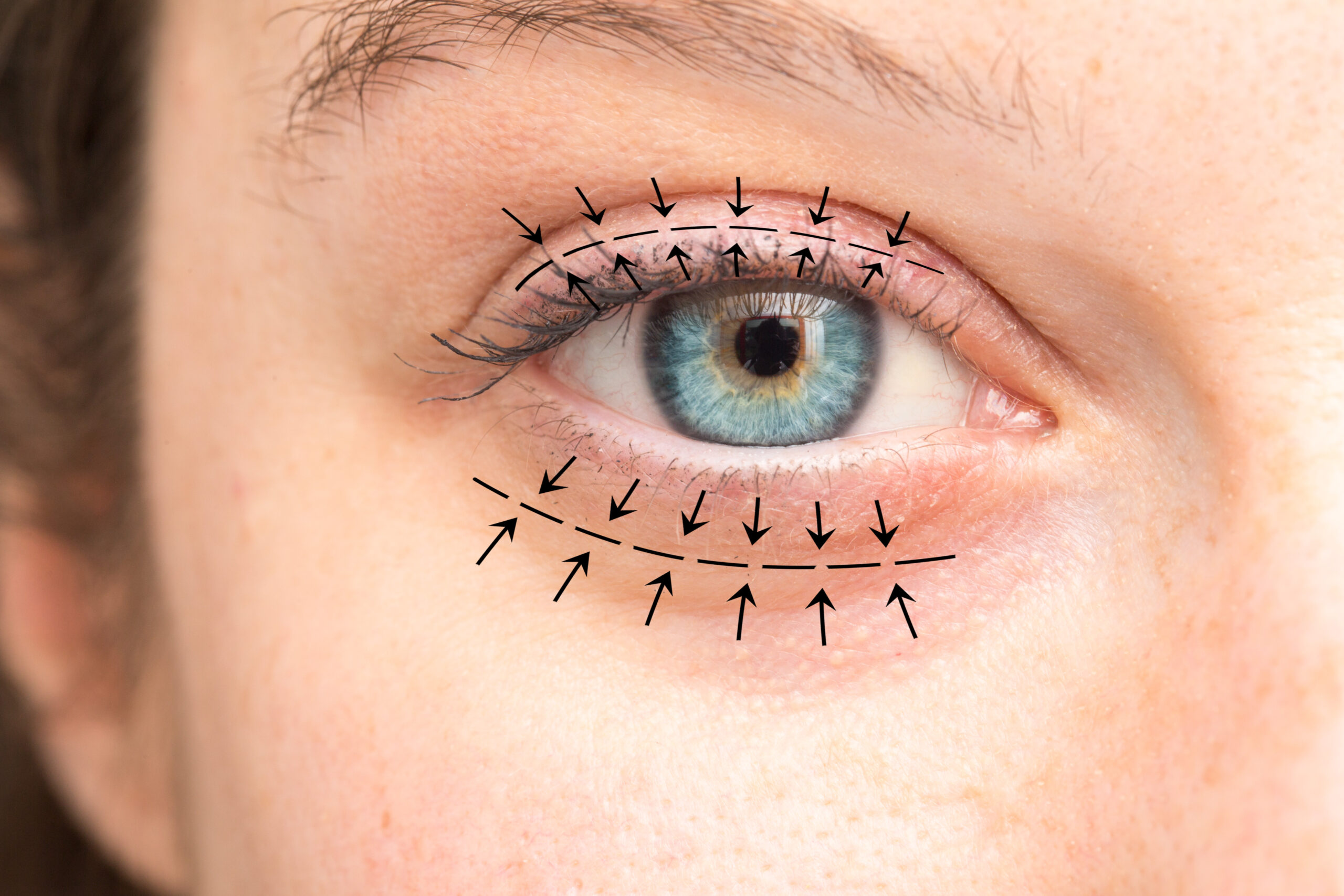
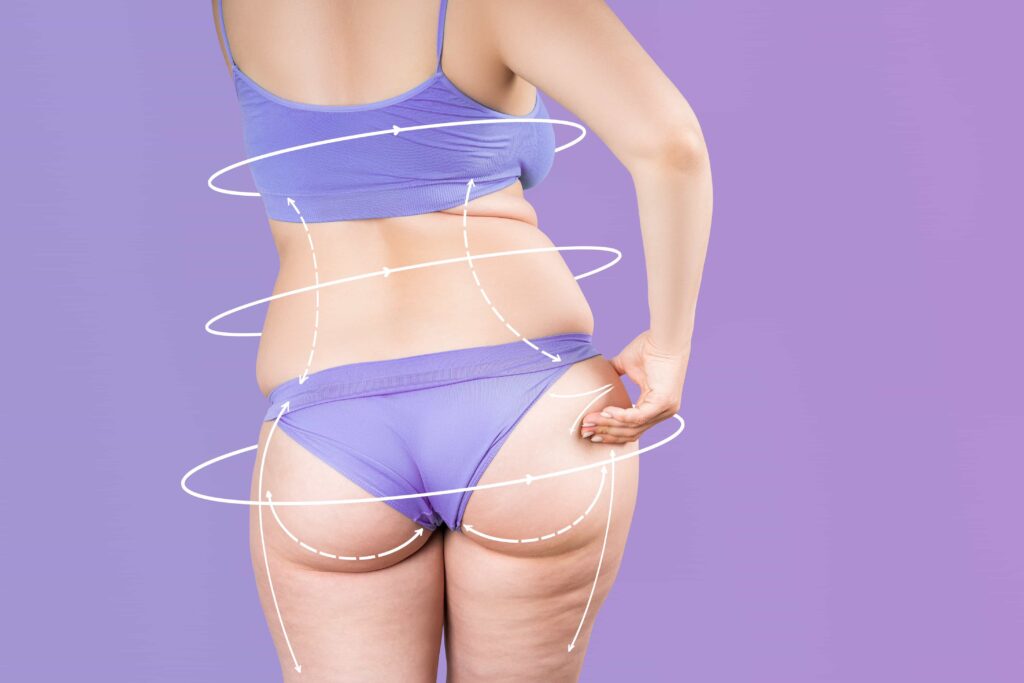

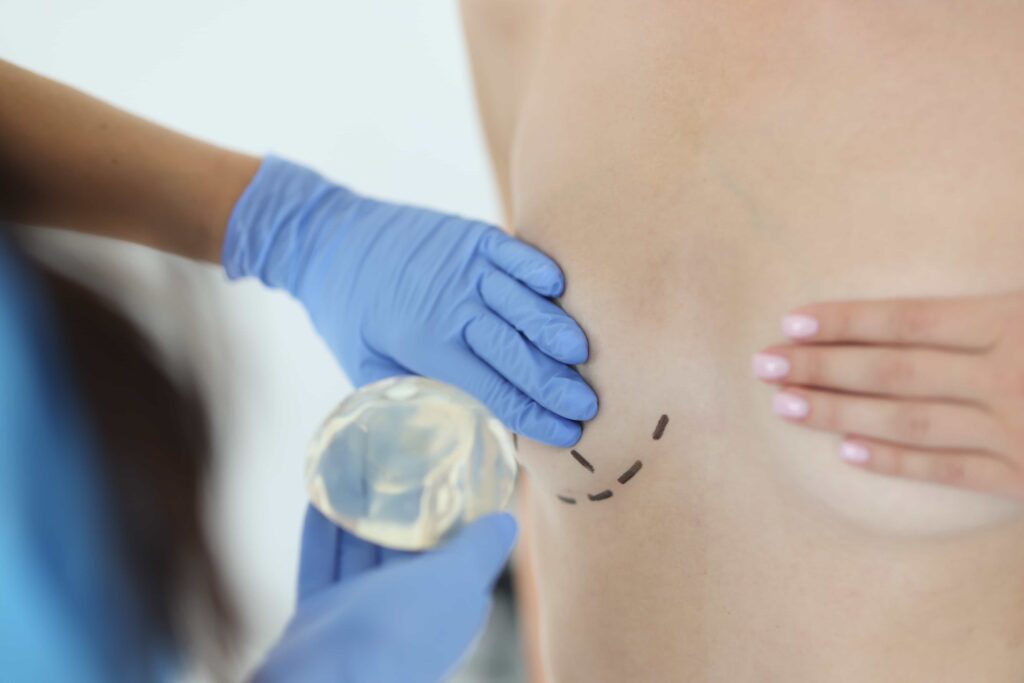


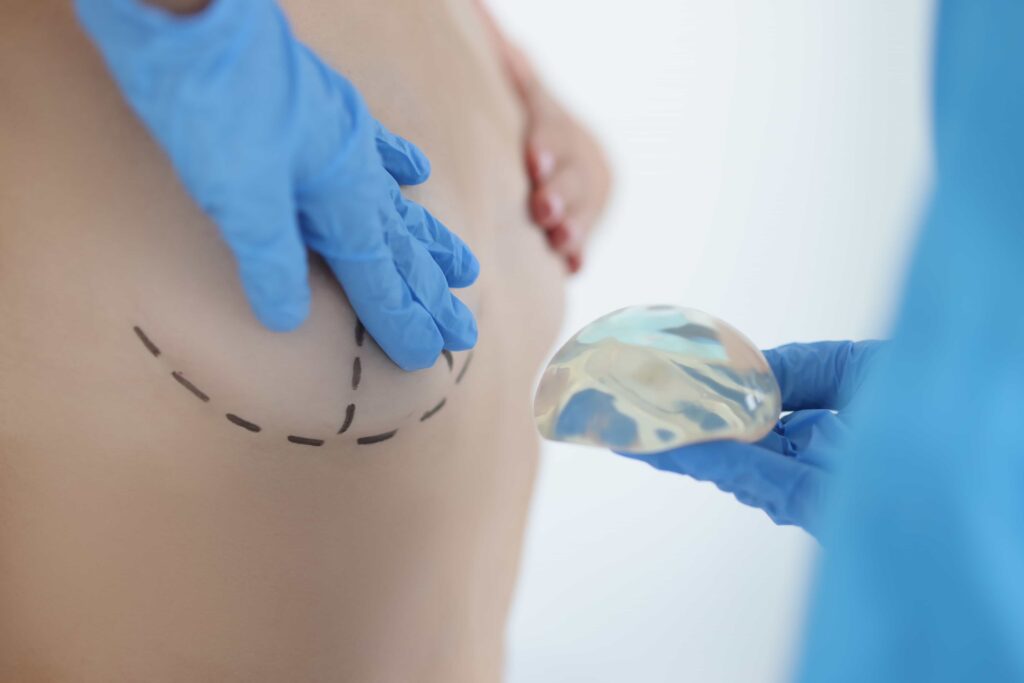


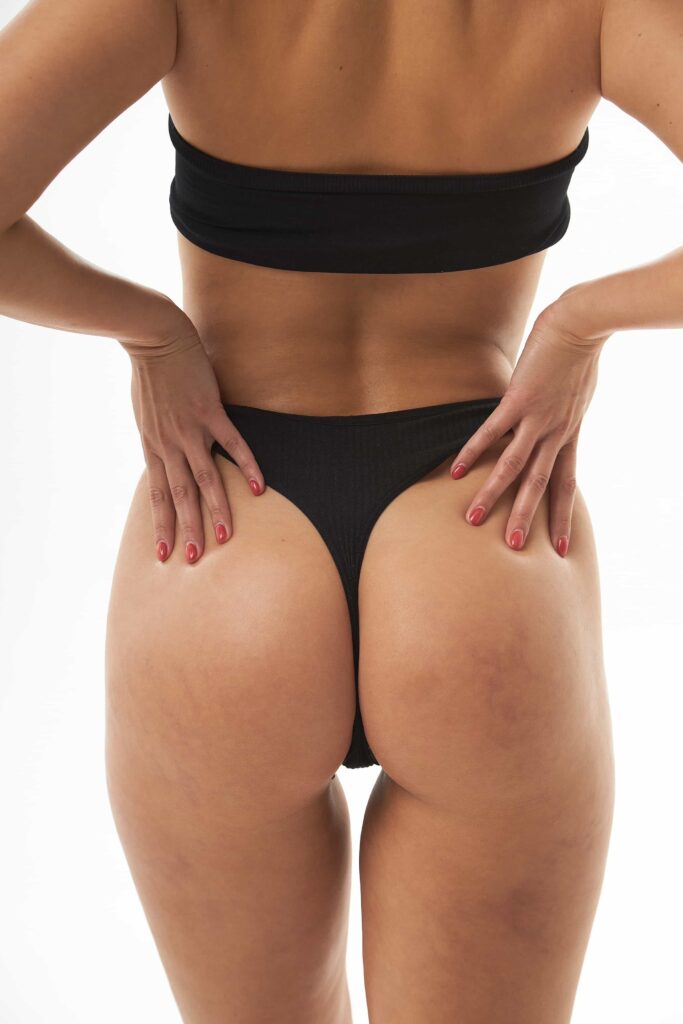
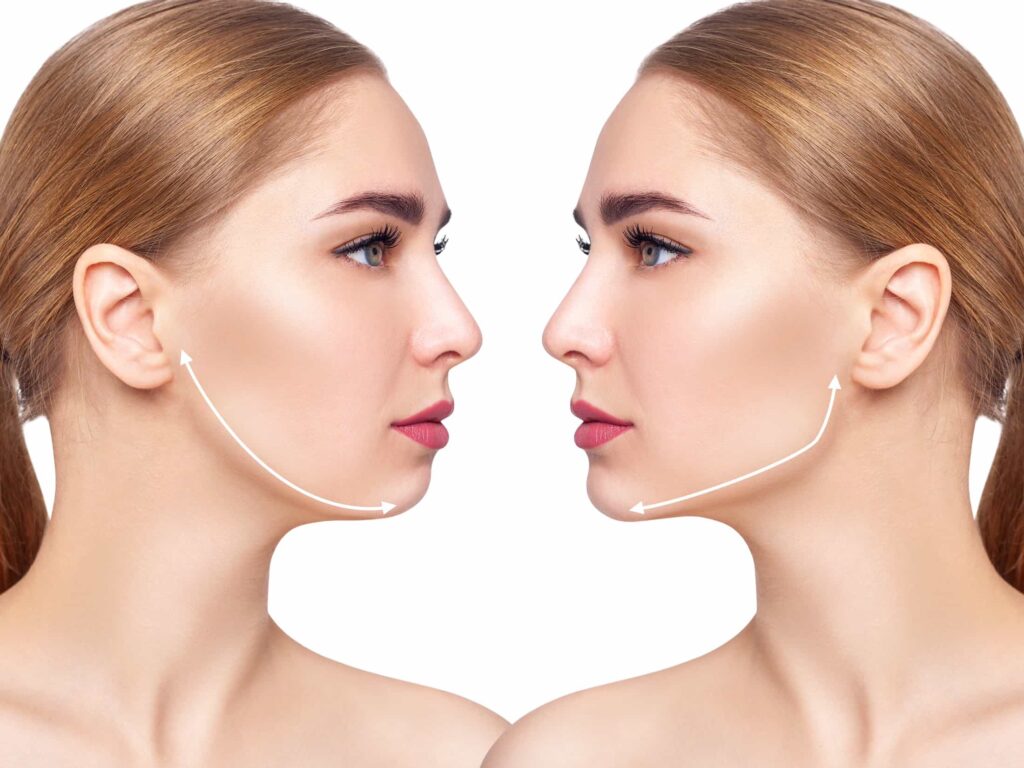

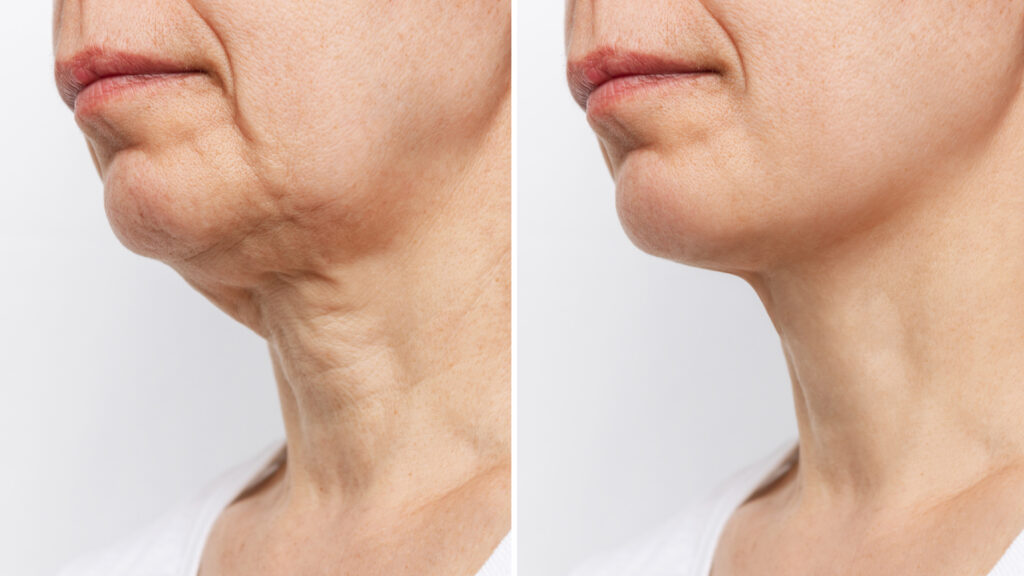

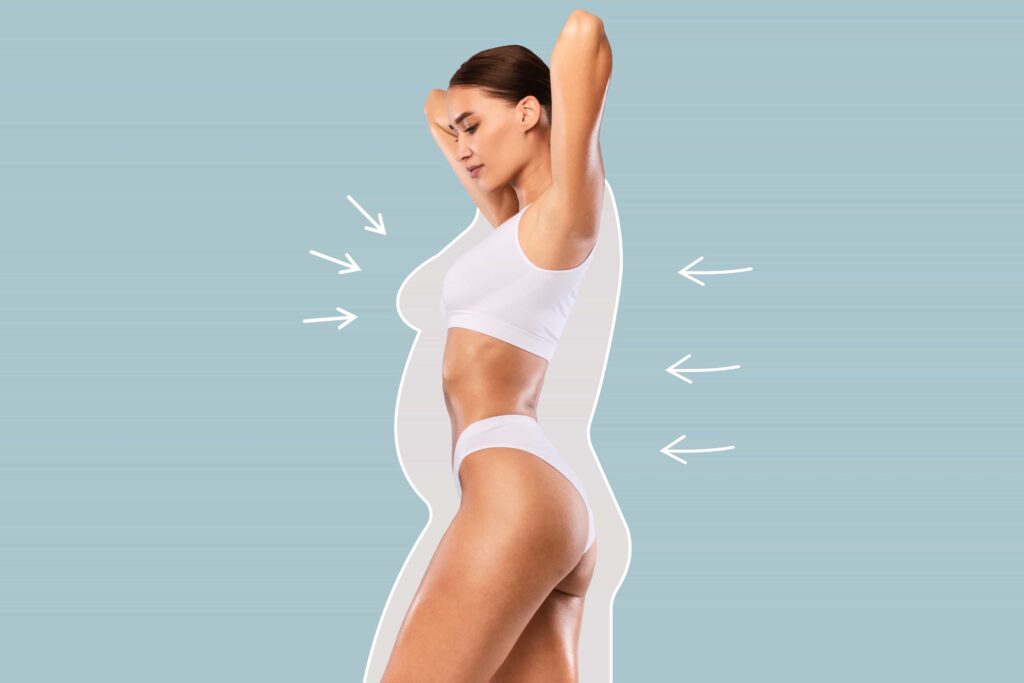
Fat grafting is a procedure that enhances and naturally adds volume to areas of the body by using your own…
